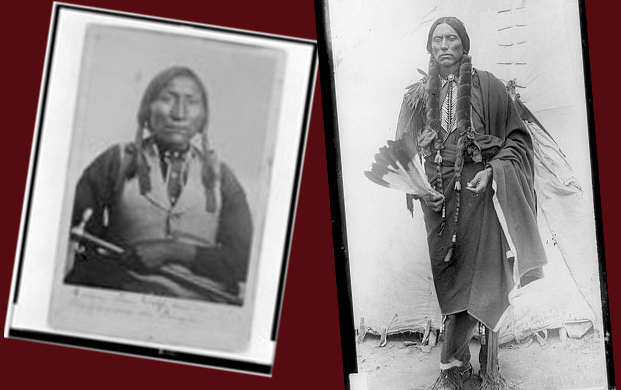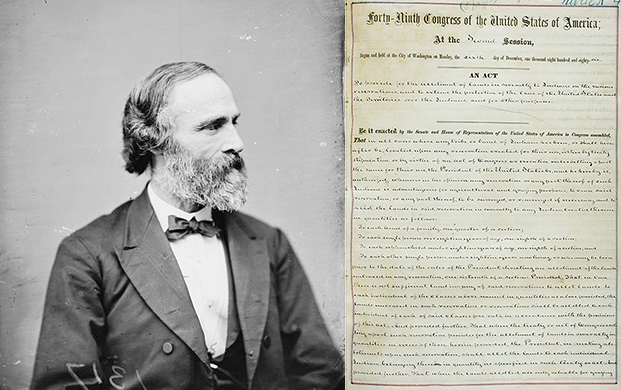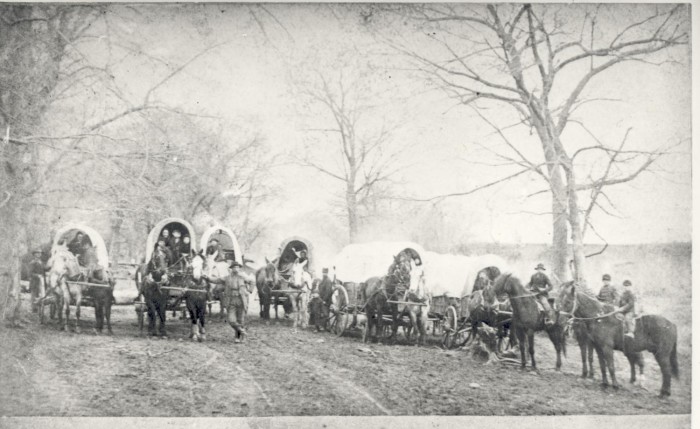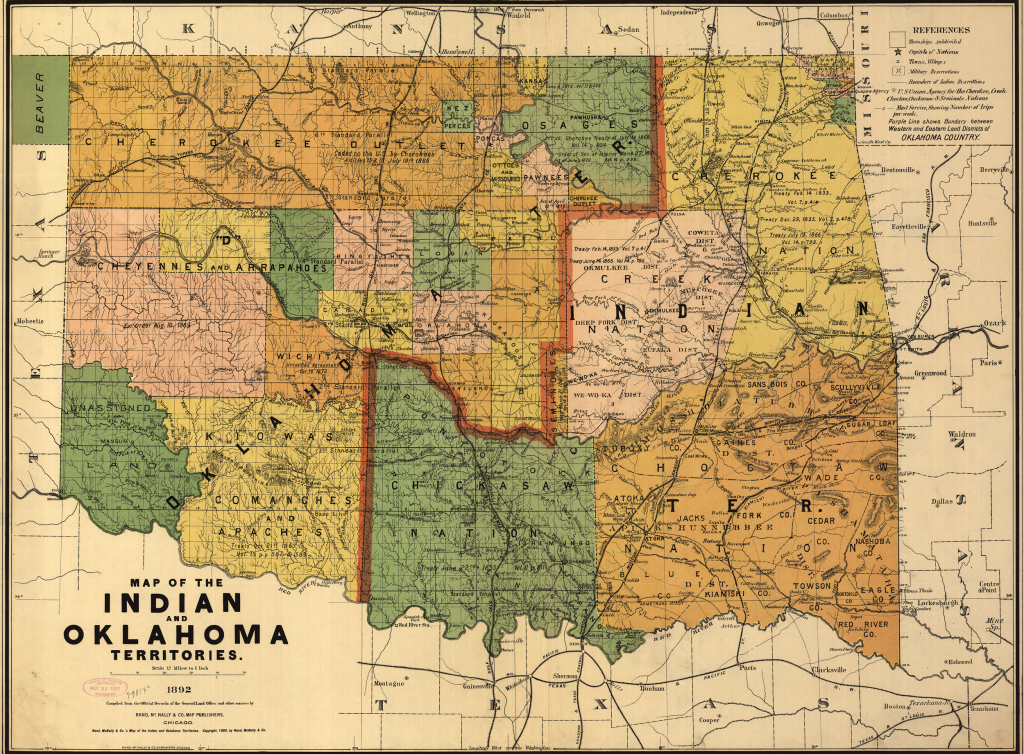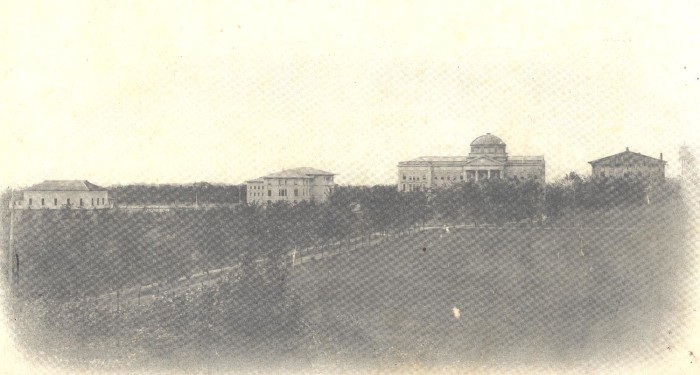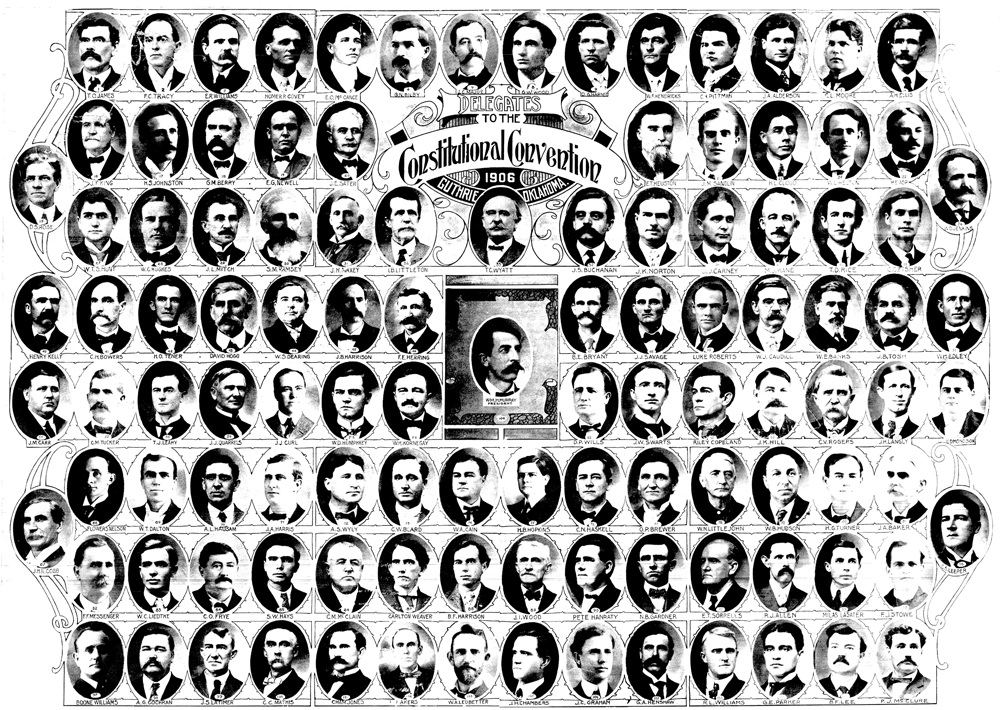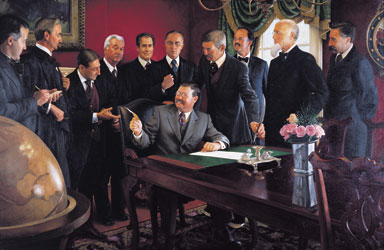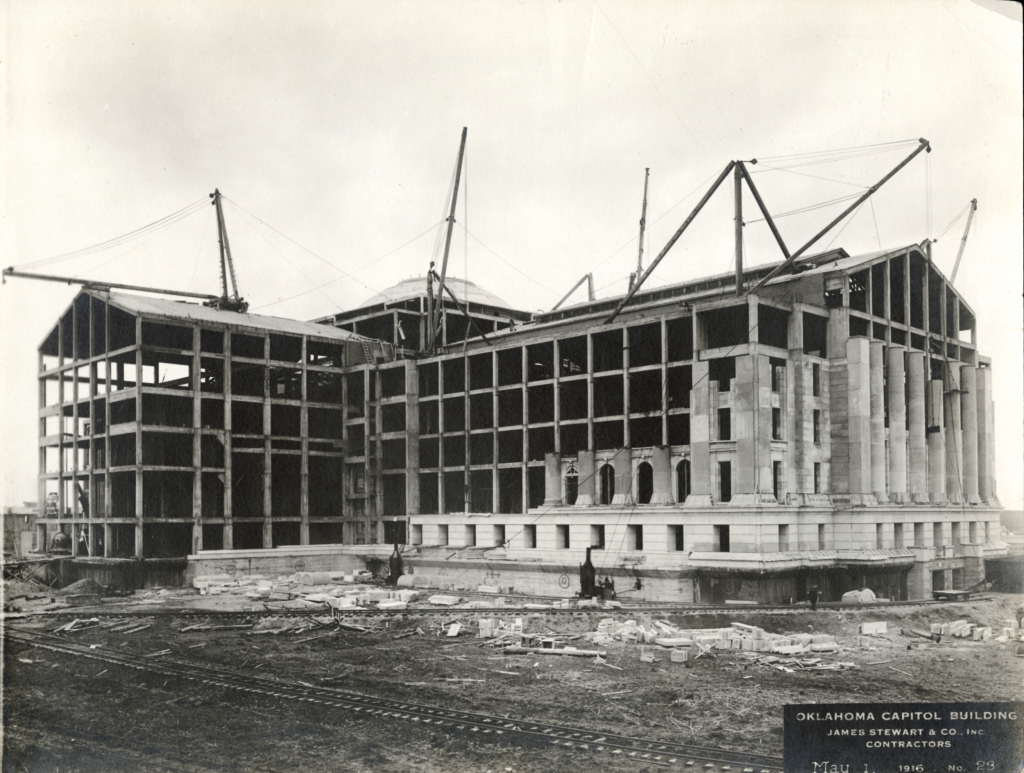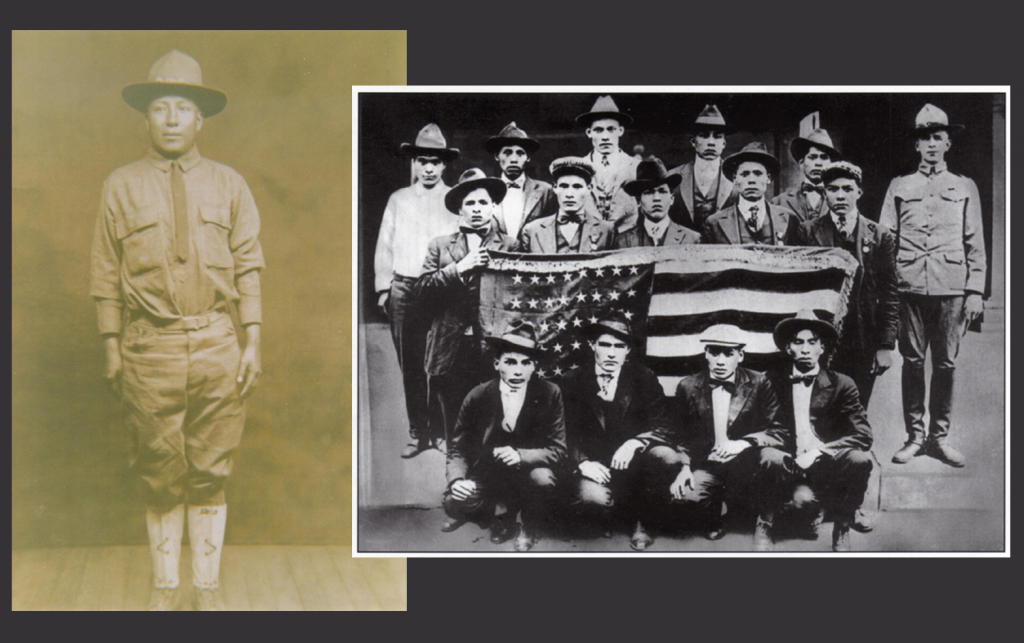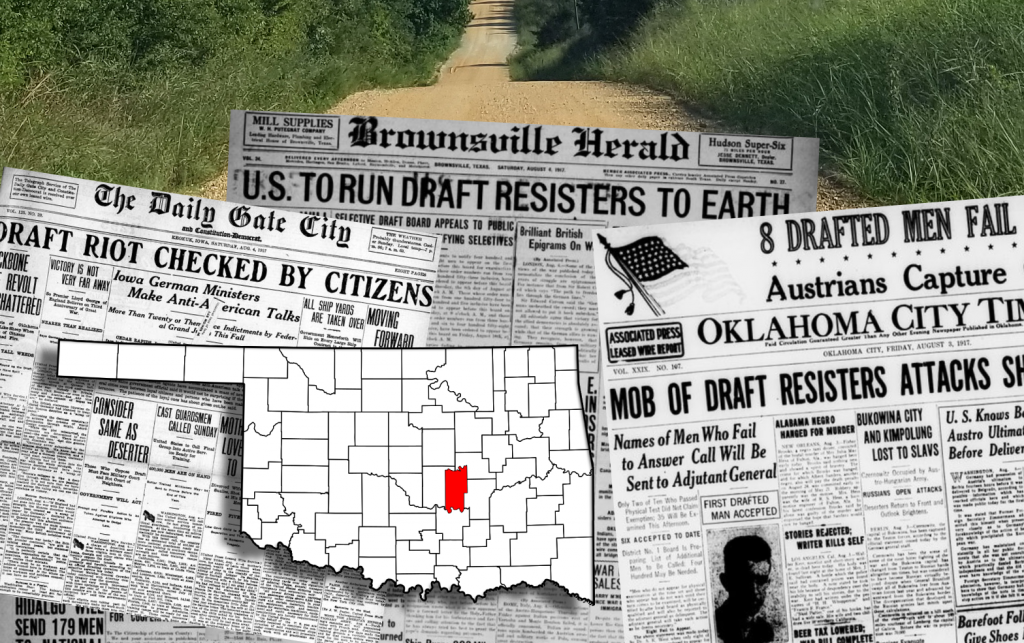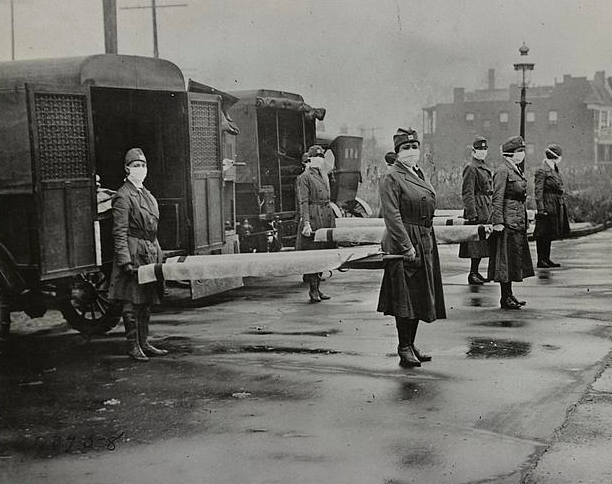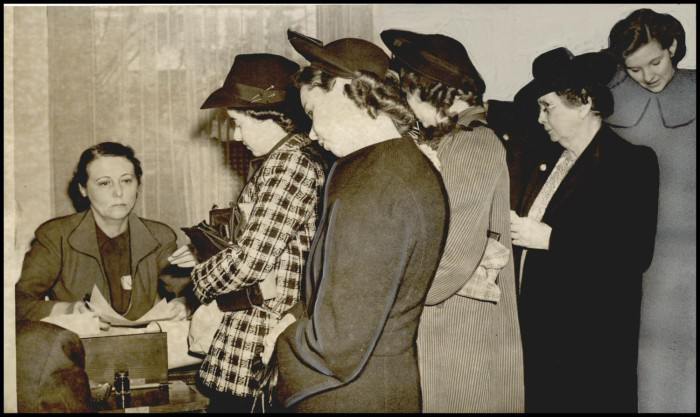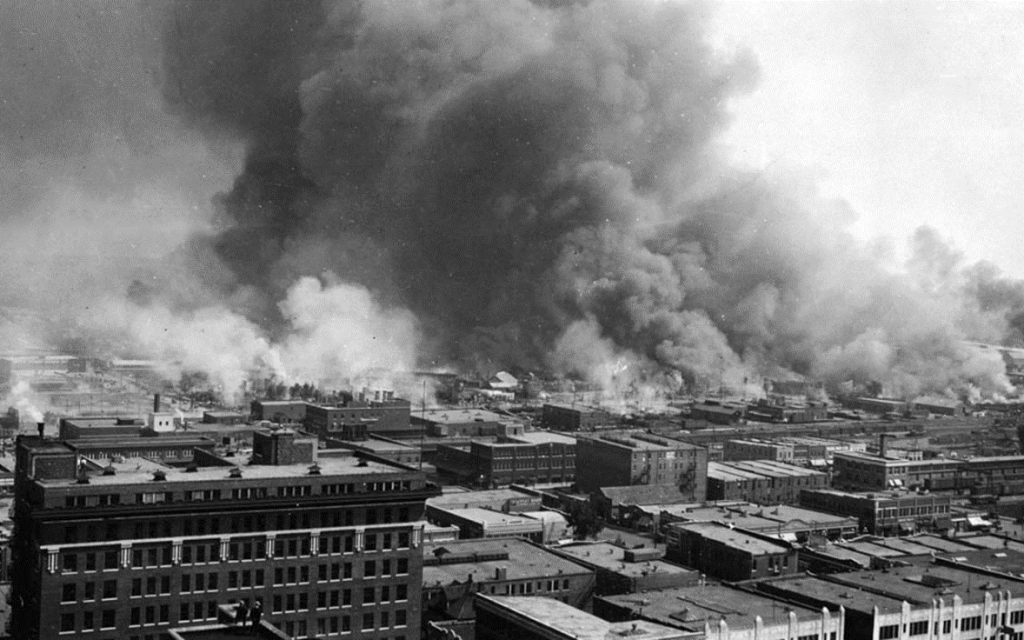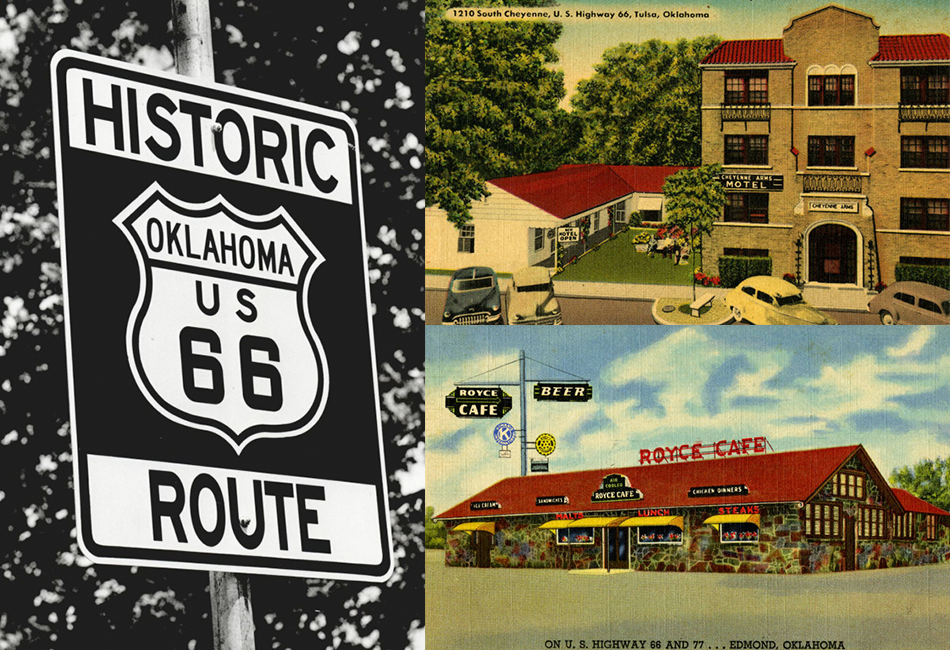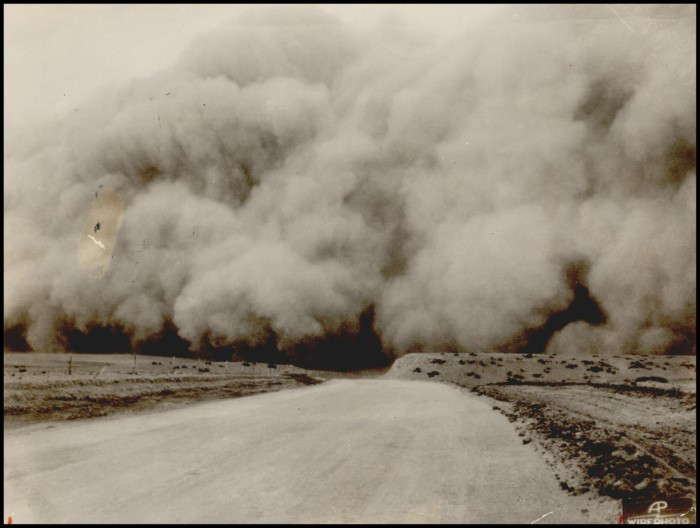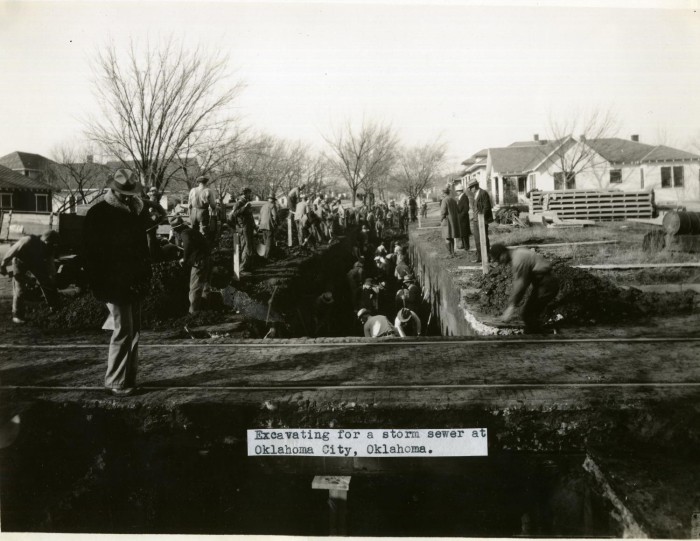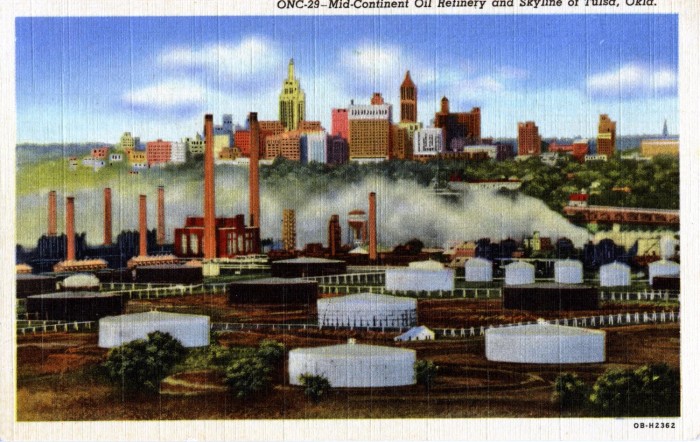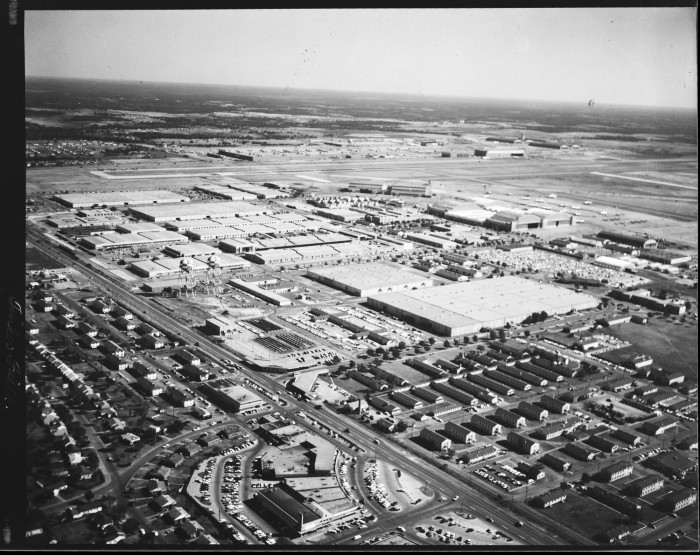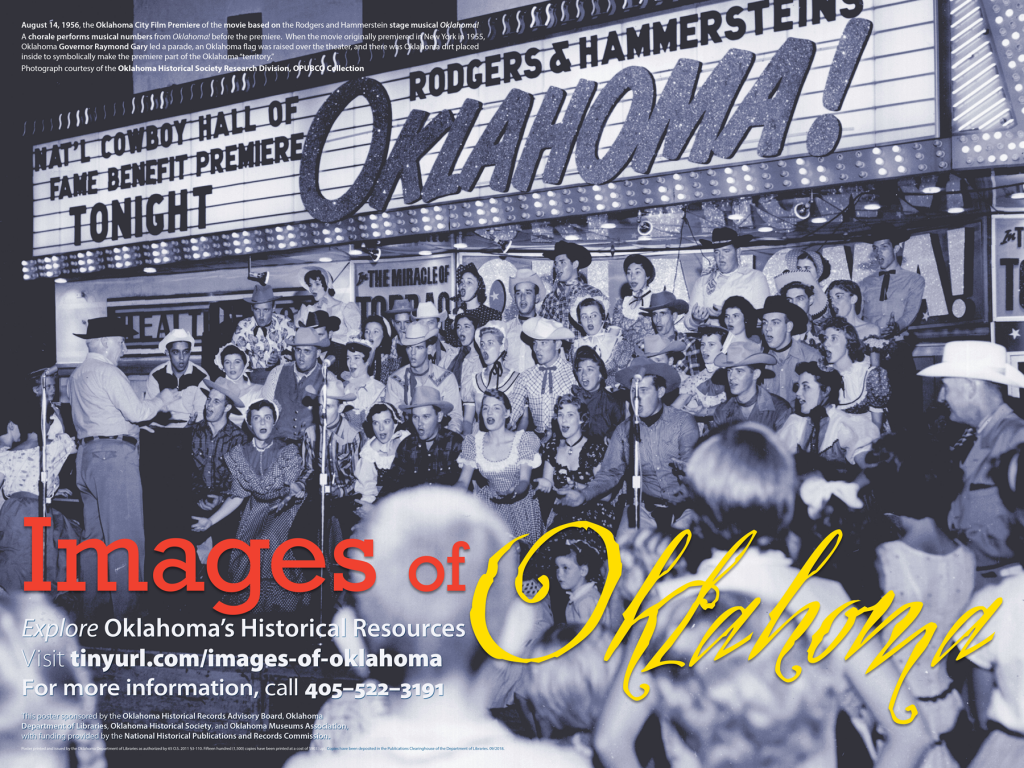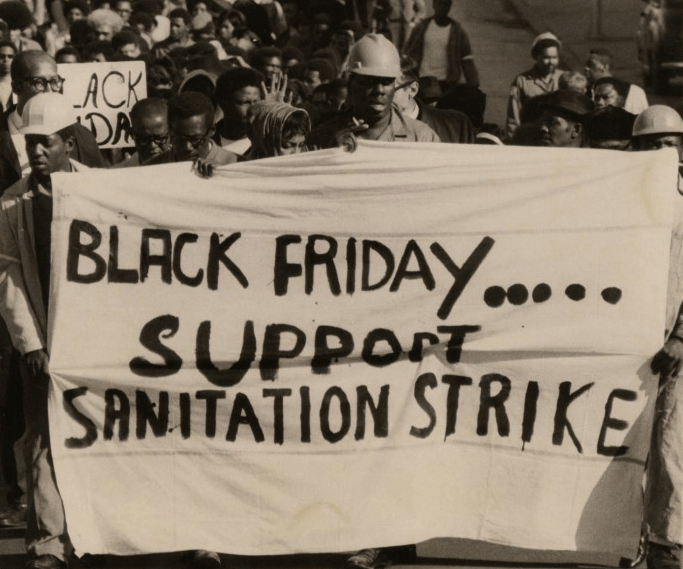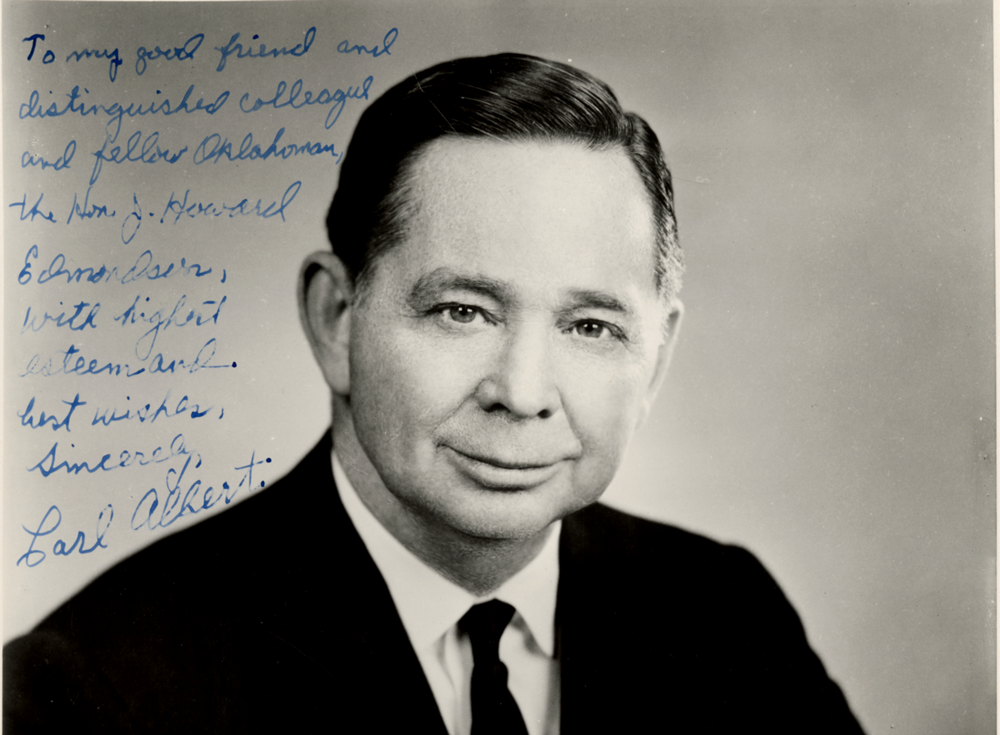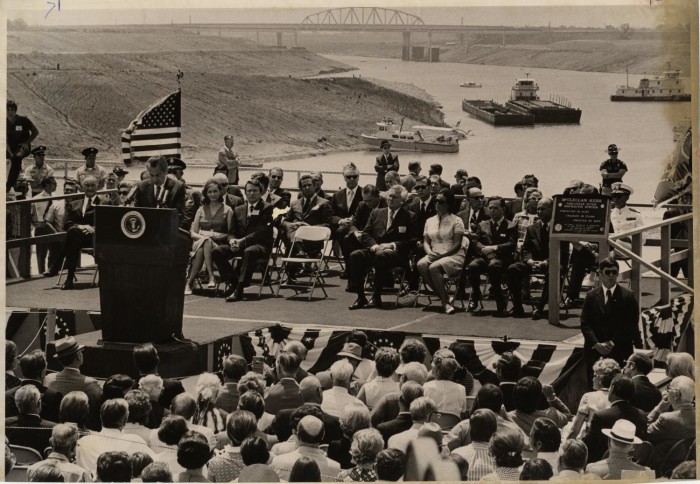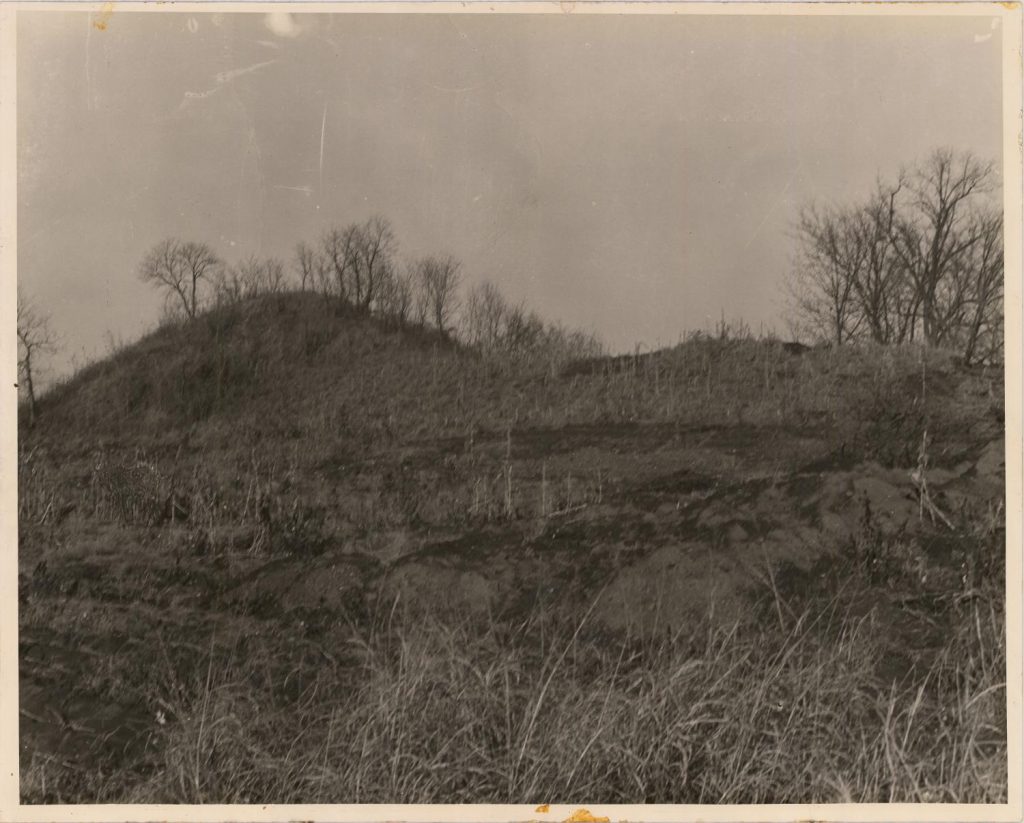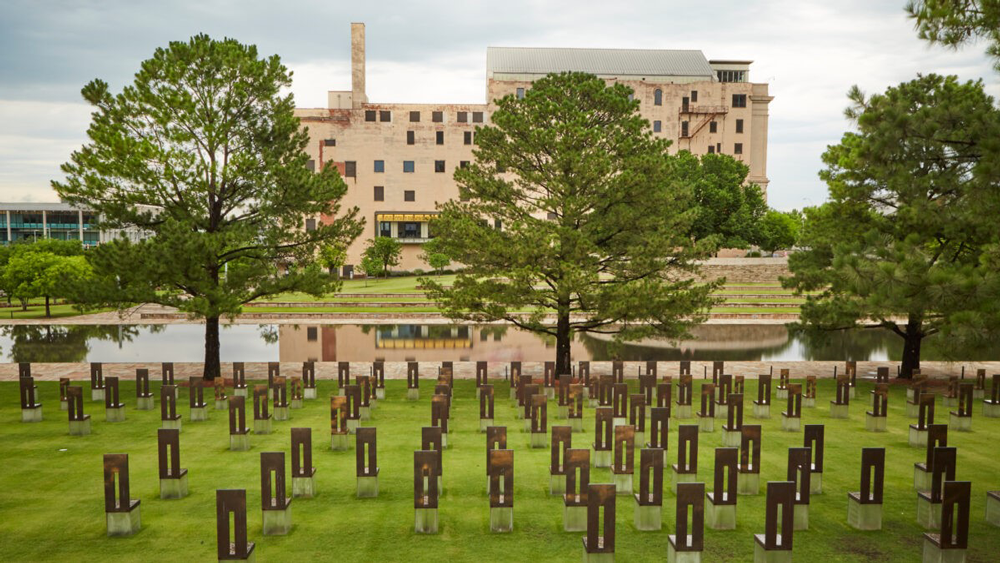Events in Oklahoma Through the Years
-
May 28, 1830
-
May 28, 1830
-
October 8, 1832
-
June 27, 1874
-
February 8, 1887
-
April 22, 1889
-
May 2, 1890
-
December 19, 1890
-
November 20, 1906
-
November 16, 1907
-
June 11, 1910
-
July 28, 1914
-
August 2, 1917
-
September 26, 1918
-
November 5, 1918
-
May 31, 1921
-
April 2, 1925
-
November 11, 1926
-
April 14, 1935
-
May 6, 1935
-
December 22, 1938
-
September 1, 1939
-
March 31, 1943
-
January 12, 1948
-
September 5, 1953
-
August 19, 1958
-
April 7, 1959
-
November 14, 1959
-
August 19, 1969
-
January 21, 1971
-
February 20, 1971
-
May 9, 1978
-
April 19, 1995
-
November 16, 2007





